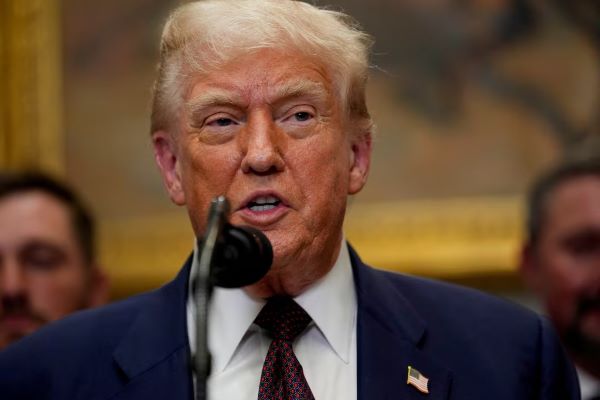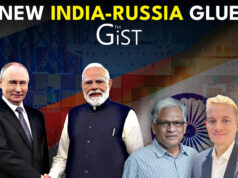
Has Donald Trump set his cross-hairs firmly on India? A cross-section of Indian diplomats suspect it may well be so given his announcement of 25% tariff and references to this country as a “dead economy”.
“The prevailing view is to stay silent, not provoke and find alternatives,” said a senior diplomat and pointed to the government’s directive to economic ministries, to bring to the table sectors where concessions can be offered to the US during negotiations scheduled for later this month.
It suggests an element of urgency, perhaps even hinting at a miscalculation or misreading of the new Trump administration even though India was first off the mark to begin trade talks. But since then from Vietnam to Indonesia and Japan, also Europe and the UK, all major economies, have struck deals with Trump.
US Treasury Secretary Scott Bessent alluded to this when he said “India came to the table early, they have been slow-rolling things, so I think the president, the whole trade team is frustrated with them.”
Pramit Pal Chaudhuri, head of the South Asia practice at the Eurasia Group which is into political risk analysis and consulting, believes that Trump “does want India to look bad but that flows from his own desperation for a deal.”
More than any other issue, Trump wants a deal on corn, soya, wheat and dairy because the states cultivating those crops is where he draws his political backing from.
Chaudhuri says “Trump is pushing hard on soya because his farmers are asking him what are we getting now that China has stopped the import of American soya. His 50% tariff on Brazil flows from the fact that it has now emerged as a major soya supplier to China.”
Globally India is ranked fifth in soya producing around 13 million tons in 2022, but it also imports significant amounts to make edible oil and for animal feed. Unfortunately, it is not very popular with the Indian palate although rich in protein.
Could this be an area where India can offer concessions given that opening up the dairy and wheat markets are a political hot potato?
National treatment in services is another area where Trump is seeking change: currently Indian laws favour Indian players over foreign investors. Example, America’s Citibank for instance, operates under different rules from Indian banks.
“Offering concessions on high end cars that the US does not make barring Tesla, is something Trump will not buy,” Chaudhuri says, noting also that US cars have not proved popular in India: GM exited in 2017, Ford in 2021 and motorcycle maker Harley Davidson in 2020.
Important to note that Trump has not targeted India on services, electronics or pharma that comprise major exports to the US.
Chaudhuri believes Trump is not even interested in the discounted Russian oil India buys, nor in Russia, which is contrary to the view among many in Delhi. Trump’s target is China, his priority is China but domestic political concerns are growing and in that sense, a deal with India would help him reassure that constituency.
But his public targeting of India has reportedly raised eyebrows in Washington DC, and questions are being asked as to what he hopes to achieve. It’s a question being asked in Delhi too.
Thirty eight years in journalism, widely travelled, history buff with a preference for Old Monk Rum. Current interest/focus spans China, Technology and Trade. Recent reads: Steven Colls Directorate S and Alexander Frater's Chasing the Monsoon. Netflix/Prime video junkie. Loves animal videos on Facebook. Reluctant tweeter.




